New hope for Midtown: Daytona Housing Authority seeking $250 million for revitalization
DAYTONA BEACH — Throughout its 125-year existence, the historically Black Midtown neighborhood has battled crippling poverty, racism and dilapidation.
It's a community deeply scarred by segregation, neglect, chronic crime, devastating flooding and a concentration of public housing.
It's a pocket of Daytona Beach that would be easy to give up on, but the Daytona Beach Housing Authority is launching an effort that may funnel tens of millions of dollars in new funding into the neighborhood, and finally bring real changes that extend beyond a City Hall discussion or a colorful master plan rendering.
The Housing Authority has amassed $1 million that will be used over the next two years to create a plan for new Midtown-area housing, businesses and infrastructure. That plan will then be submitted to the U.S. Department of Housing and Urban Development in hopes of landing a $50 million federal grant that could fuel the future vision.
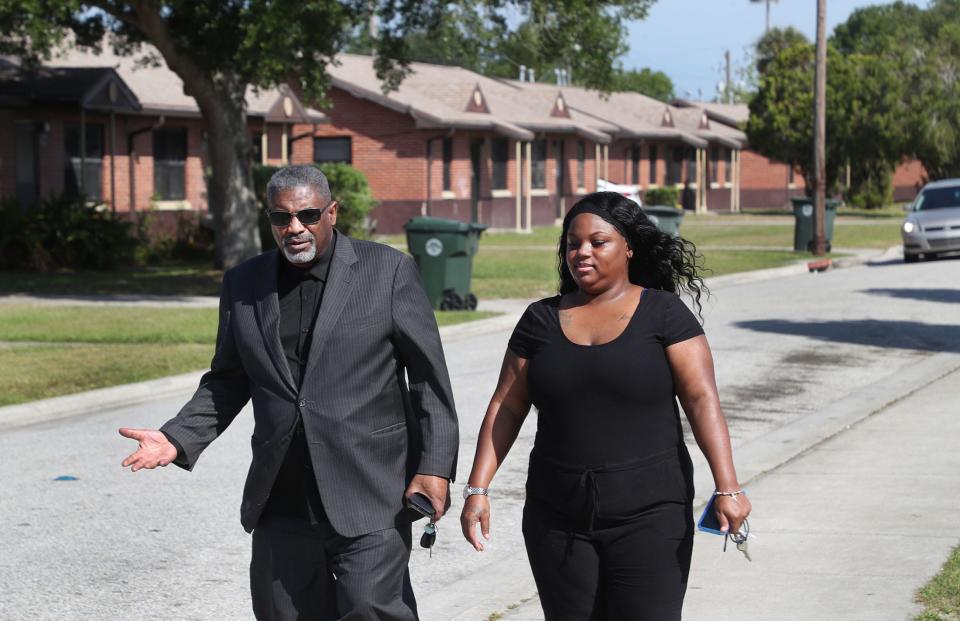
Charles Woodyard, the CEO of the Daytona Beach Housing Authority, said the $50 million could be leveraged to pull in yet another $200 million – enough to create real change in Midtown.
"You can't have Midtown be this hole in the doughnut encircled by the Riverfront, Speedway, One Daytona and Tanger," Woodyard said. "This grant will help us create a similar dynamic so that part of the city isn't left behind. You don't want to go through Daytona on your way to the beach and see these varying levels of affluence and deterioration."
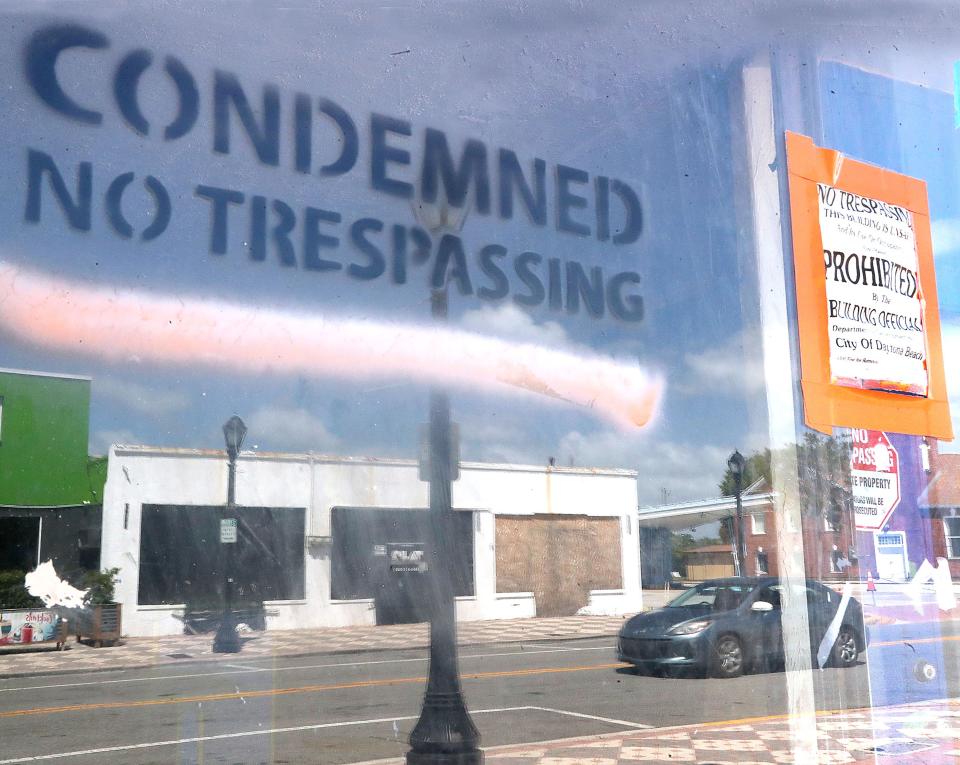
The Housing Authority won't be alone in its quest to bring sweeping improvements to the urban core neighborhood between Nova Road and Ridgewood Avenue. The city government, Bethune-Cookman University, U.S. Army Corps of Engineers and HUD have all become partners in the effort.
If everything works out as hoped, changes could start coming to Midtown in about four or five years.
New grant program, new hope
About 20 years ago, Daytona Beach's public housing got a big boost from HUD grants that came from the HOPE VI program. The federal money was used to tear down three Daytona Beach public housing complexes that had stood since the mid-1900s and replace them with new apartment buildings.
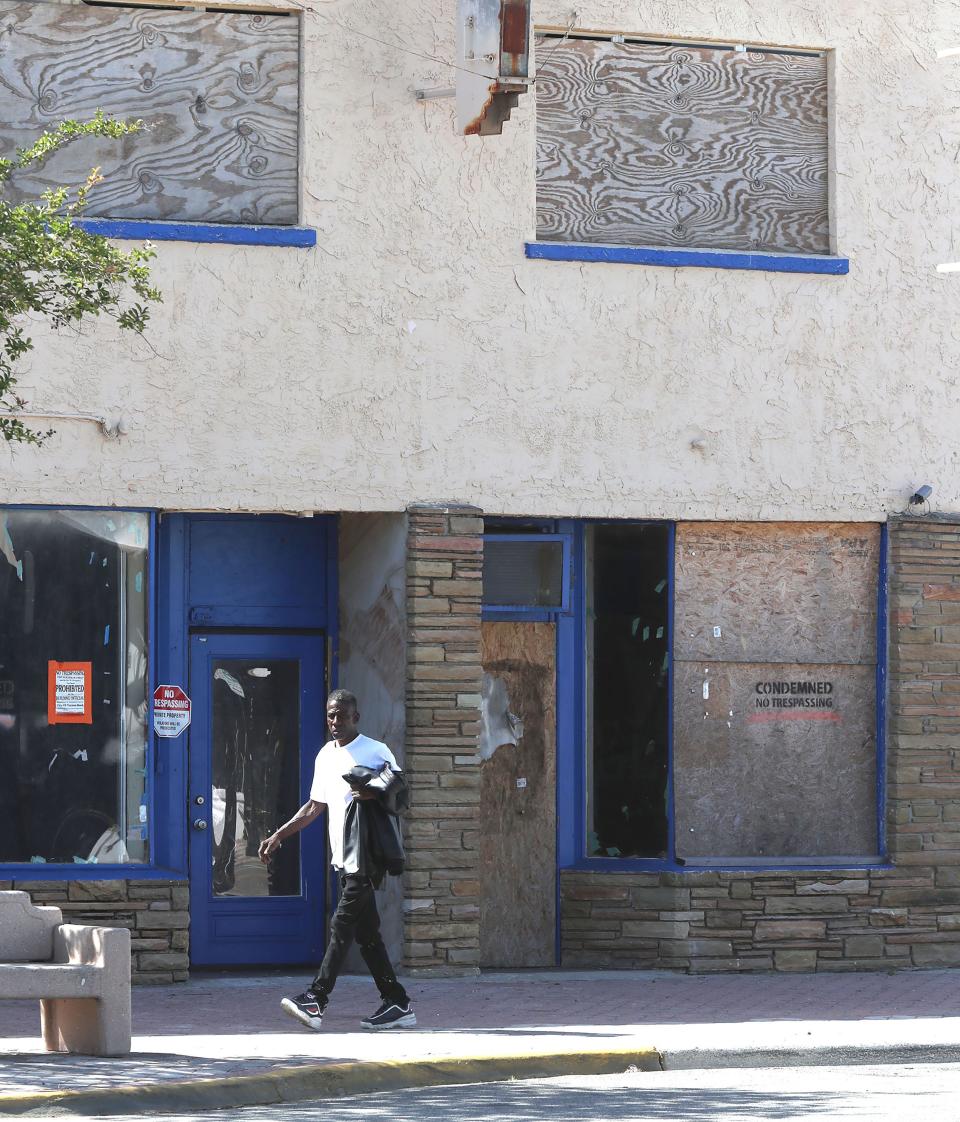
The HOPE VI program also offered public housing residents educational opportunities, job skill training, money management instruction and paths to homeownership.
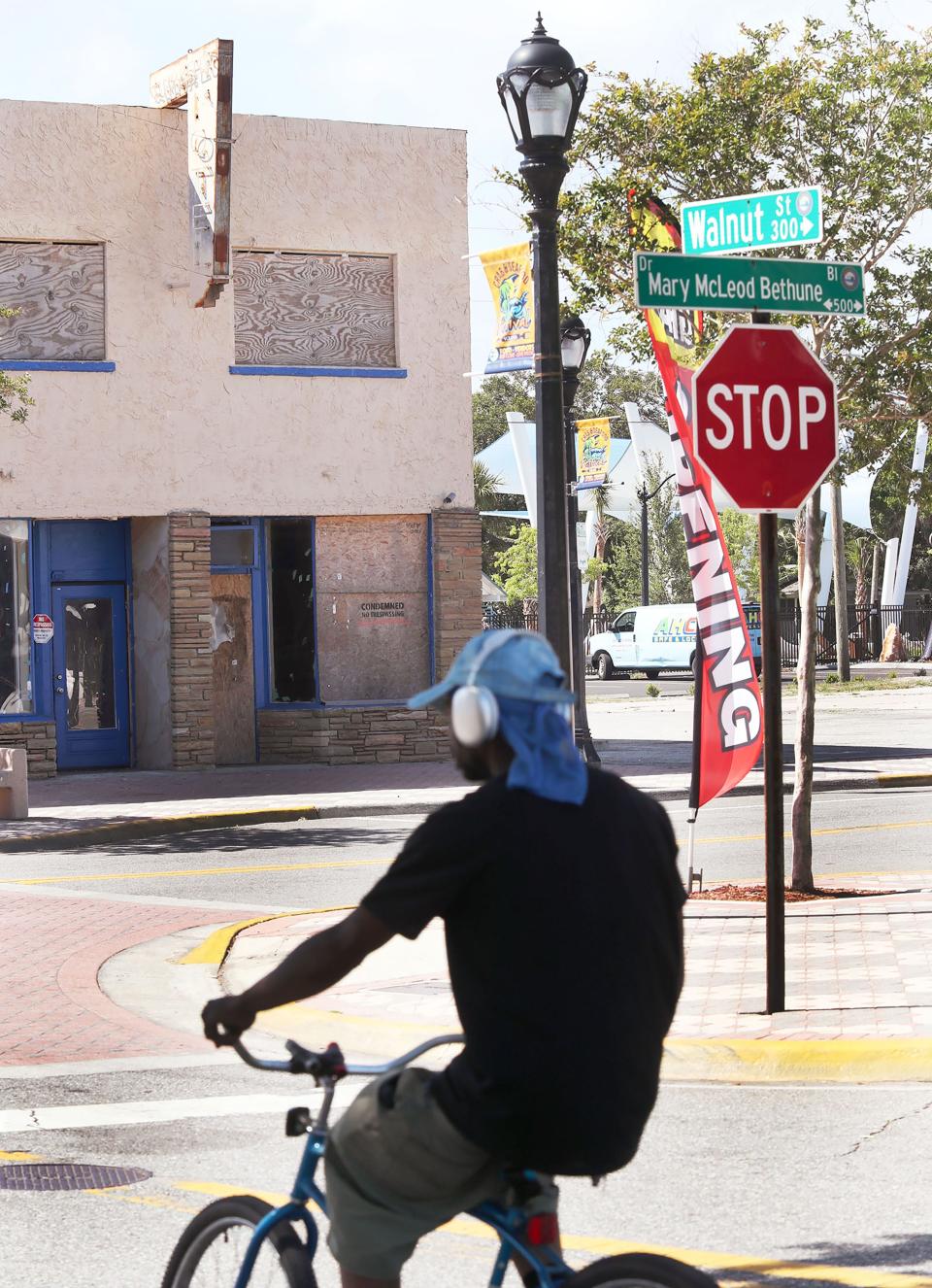
The HOPE VI program is being phased out now, and its new iteration is the Choice Grant system. The Choice program also provides money for new housing, but it goes far beyond the goals of HOPE VI. Choice aims to transform the communities around the housing with a comprehensive approach that includes improving surrounding business corridors and upgrading infrastructure such as stormwater systems.
The Choice program also requires new housing to be mixed-income to end the days of creating clusters of poverty with low-income public housing.
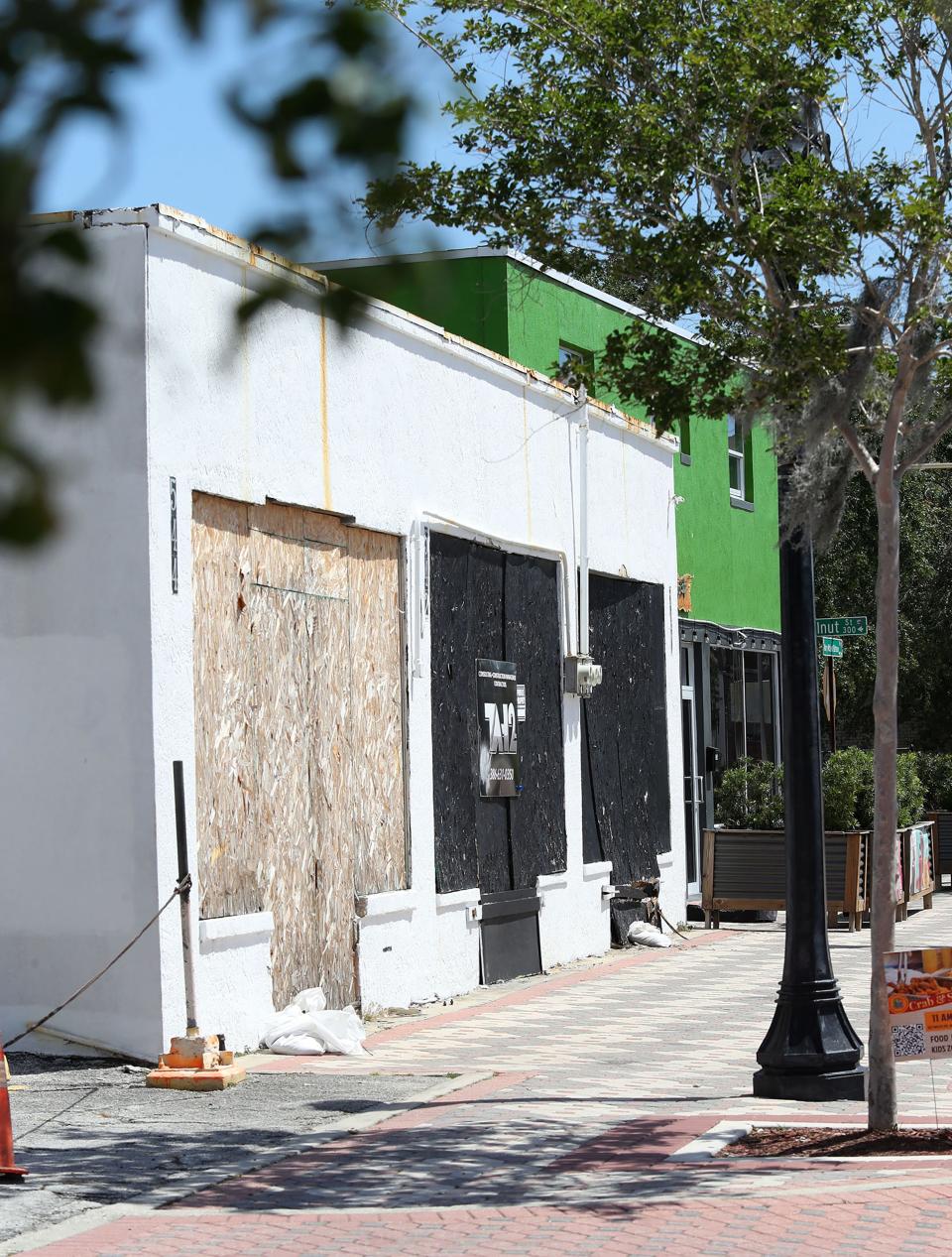
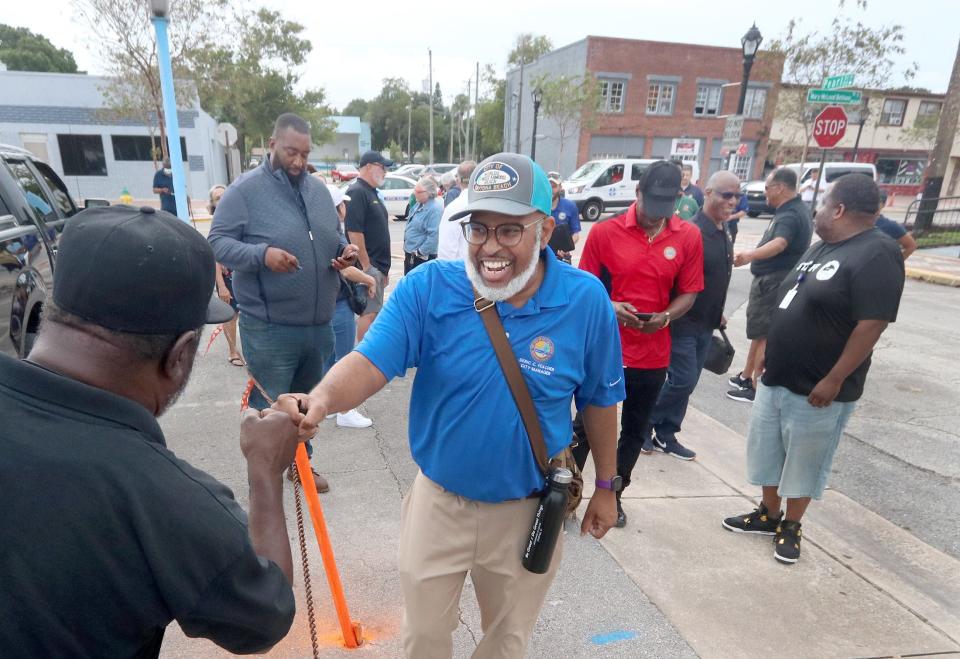
The Daytona Beach Housing Authority has received a $500,000 Choice Planning Grant from HUD. The city matched that with a $250,000 contribution, and the Housing Authority added another $250,000 for a total of $1 million. Woodyard estimates the planning process will get another $300,000 to $400,000 worth of in-kind labor from city and Housing Authority employees, which could effectively boost the total to $1.4 million.
The $1 million in cash plus in-kind help will go toward creating a plan over the next two years to address flood-prone public housing in Midtown, propose new housing construction, sketch out goals and strategies for attracting new businesses to the neighborhood, and improve the community's infrastructure.
The end result could be new apartment complexes, a long-hoped for Midtown grocery store, new jobs for neighborhood residents, and a reduction in flooding.
"This is a huge thing for this community," Woodyard said. "HOPE VI focused mostly on redeveloping public housing. The Choice program also focuses on making economic changes in the area and partnering with the city on things like bringing in business to a failed business corridor."
What happens next
The master plan will be sent to HUD at the end of 2025, and then in 2026, the Housing Authority will submit an application to receive up to $50 million in federal funds to turn the ideas into new development. Woodyard probably won't know until late 2026 or early 2027 if he'll be getting tens of millions of dollars from Washington, D.C.
If the money does come to Daytona Beach, Woodyard will try to leverage that to attract another $200 million in state government dollars, private investment and tax credit equity.
The money would probably be spread around to purchase land, build housing, provide incentives to businesses and revitalize Mary McLeod Bethune Boulevard, which until the 1970s was the commercial and social heartbeat of Midtown.
"It will be a transformative grant for the Housing Authority's properties in Midtown," said Daytona Beach City Manager Deric Feacher. "These grants don't come often. It will truly bring quality affordable housing to an underserved community."
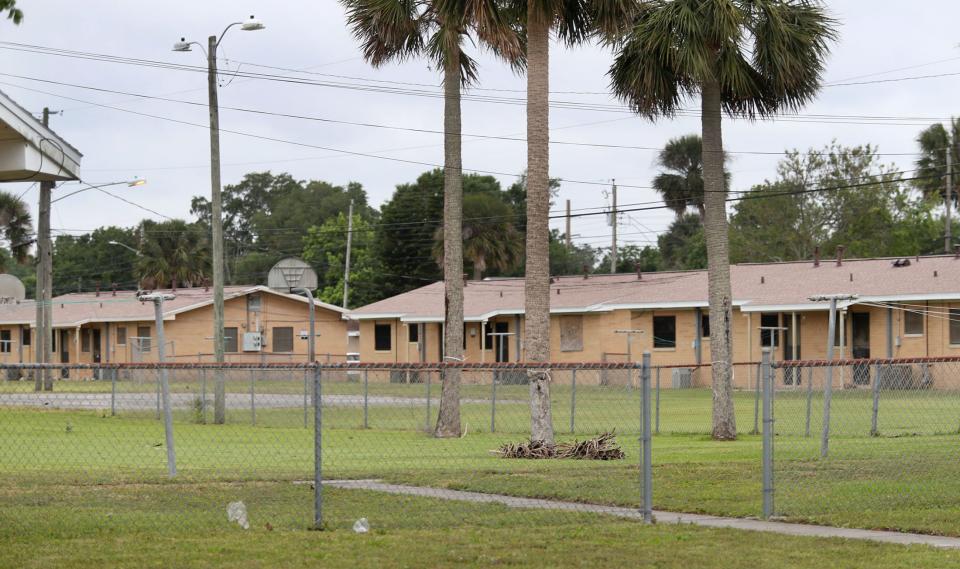
Feacher said the grant money could even help some people get into single-family housing.
Because infrastructure improvements will be included in the plan for Midtown, the city is already talking to the Housing Authority about potential upgrades, Feacher said.
"We can't operate in silos if we want to transform," Feacher said.
The U.S. Army Corps of Engineers has also gotten involved as it delves into a two-year, $3 million flood mitigation study focused on the Midtown neighborhood that is hoped to lead to a flood reduction project that the federal government will help fund.
The southern half of Midtown and the Fairway Estates neighborhood next door both sit on low-lying land that has flooded severely during major storms for decades.
"None of this does any good if the neighborhood still floods," Feacher said.
The city manager said even if the Housing Authority winds up with nothing more than a comprehensive study, it's still valuable because it will "cast the vision." It can also show the city what it might need to address, such as zoning changes and approaches to redevelopment.
"It helps show us what's needed and how to get there," Feacher said.
Backstory of Daytona Beach Housing Authority
In 1938, the Daytona Beach City Commission created the Daytona Beach Housing Authority and appointed five members to the newly created Housing Authority board. The Daytona Beach mayor now recommends board members and city commissioners vote on his choices.
The city doesn't have any other control over the Housing Authority or pay for its operations and projects. The federal government and public housing residents provide all funding.
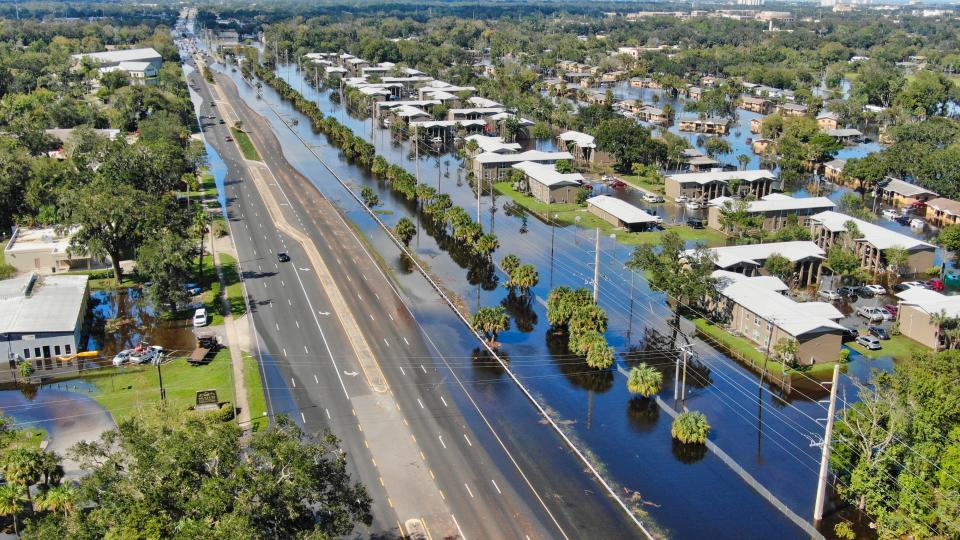
Back in the late 1930s, the Daytona Beach Housing Authority created the Pine Haven apartments for Black people and the Halifax Park apartments for white people. Both were torn down around 2005 as part of the HOPE VI revitalization project.
A half-dozen other public housing complexes were built in and near Midtown from the 1950s through the 1980s, and then more public housing went up with the HOPE VI construction two decades ago.
The Housing Authority now serves close to 10,000 people, the bulk of whom live in private housing using Section 8 vouchers that provide federal dollars to cover rent and mortgage payments.
Between 1,000 and 1,200 people live in the Housing Authority's 479 public housing units.
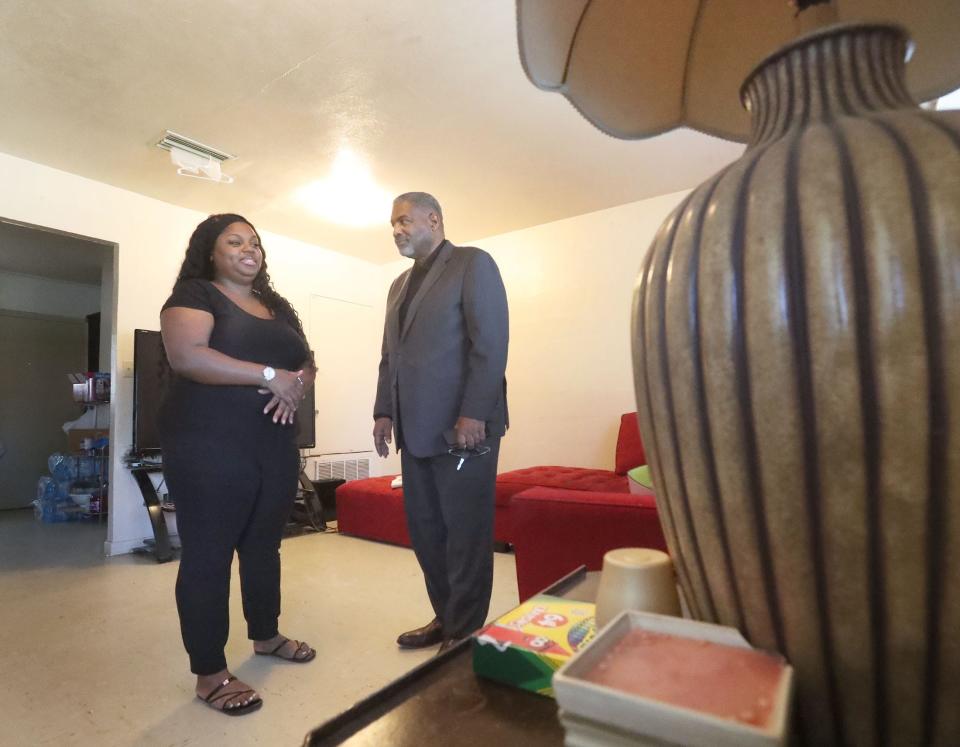
What becomes of some of the aging and weatherworn public housing could be determined by the new plan. The 100-unit Caroline Village was underwater during Ian in 2022, and only 20 units are currently occupied.
The Housing Authority has tackled everything from roof repairs to mold remediation at Caroline Village, a maze of one-story brick duplexes built in 1965. The small duplexes are located a block east of Nova Road on some of the lowest land in the neighborhood, setting it up for flooding again and again.
The short-term plan is to fill the 100 units by the end of this year. The long-term vision is to no longer have low-income housing on the site, Woodyard said.
Either mixed-income housing will eventually be built there, or the land will be used for something other than housing, he said.
"Caroline Village meets the HUD definition of obsolescence because of the repeated flooding," said Housing Authority Board member Sandy Murphy. "But we can't tear anything down until we have somewhere to put the people who live there."
Caroline Village will be part of the study area for the Choice Grant plan, as will the Housing Authority's Palmetto Park and Walnut Oak properties in Midtown.
Exploring options for Housing Authority land
Part of the study will involve determining where new housing could be built. The Housing Authority has a large piece of property just east of the Midtown community center on George Engram Boulevard, but the site is in the floodplain and has an eagle's nest on it.
The Housing Authority has another 10 acres near its Palmetto Park duplexes that could become the site of mixed-income housing. That land is also in the floodplain, although it didn't flood during Ian in 2022.
The Palmetto Park complex, a sea of one-story red brick buildings, could also be torn down and replaced with new mixed-income housing, Woodyard said.
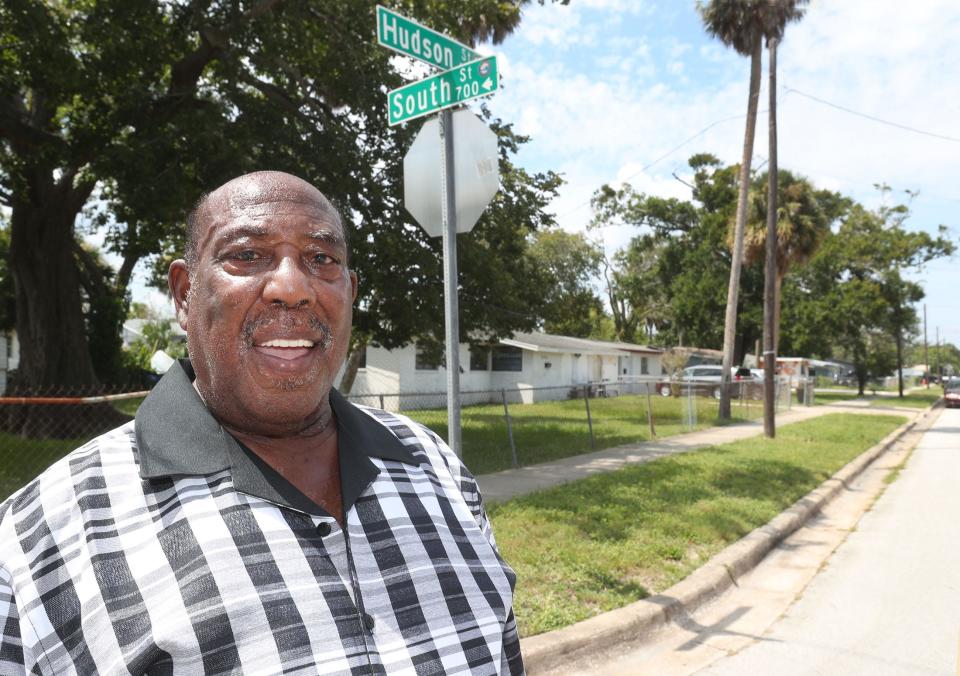
Another option is the 6.5 acres near Derbyshire Park that the Housing Authority owns. Woodyard envisions 120-125 mixed-income units on the site.
The Housing Authority also owns a 9-acre site on Loomis Avenue that could be used for single-family homes, Murphy said.
Whatever decisions are made about demolishing existing apartments and building new housing, the choices have to add up to the same number of housing units that the Daytona Beach Housing Authority has now, Murphy said.
"The feds are trying to get out of the public housing business," she said. "They want vouchers."
Palmetto Park could become a voucher-based property, she said.
Murphy noted that the Housing Authority will also renovate its headquarters building on Ridgewood Avenue to attract more office rental tenants and raise revenue.
Helping the most vulnerable
Pierre Louis lived in the Palmetto Park apartments throughout his childhood, left to join the Marines, and came back to Midtown in 2000. He lives on Franklin Street now in a house just south of International Speedway Boulevard.
Louis, a former member of the Midtown Redevelopment Board whose nickname is the Mayor of Midtown, is happy to hear about the Housing Authority's plans.
"I think anything that energizes housing and economic development is a good sign," Louis said. "You have to do something to revitalize our area."
He hopes to see new mixed-income housing.
"We've got so many low-income properties in Midtown, and it's working against new development," Louis said. "It's analogue thinking. We need something that will balance us out. We need a luxury apartment building."
Read more: Midtown, Daytona Beach's historic Black neighborhood, struggles to find a better future
Mayor Derrick Henry said HUD officials came to Daytona Beach last month to get the planning process started.
"Knowing what HOPE VI did for Daytona Beach, I was excited," Henry said. "This has the potential to be transformative. We would be helping the housing stock for the most vulnerable."
Kelvin Daniels, chairman of the Housing Authority board, said "there's a lot of excitement" about what the federal grant money could do.
"I think it would change Daytona's perception of housing, and the citizens would be better served with better housing," Daniels said. "I'm fully invested in it. I love my city."
You can reach Eileen at Eileen.Zaffiro@news-jrnl.com
This article originally appeared on The Daytona Beach News-Journal: Daytona Beach Housing Authority seeking $250 million to revitalize

